#h.b. warner
Text
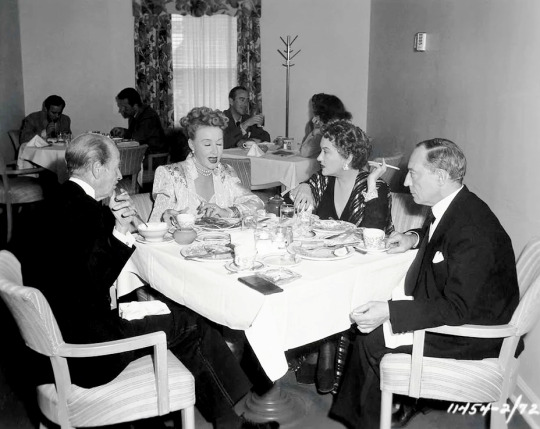
"The Waxworks" - Buster Keaton, Gloria Swanson, Anna Q. Nilsson, and H.B Warner at a lunch break during the filming of “Sunset Blvd” (1950)
#buster keaton#1930s#1910s#1920s#1920s hollywood#silent film#silent comedy#silent cinema#silent era#silent movies#pre code#pre code hollywood#pre code film#pre code era#pre code movies#damfino#damfinos#vintage hollywood#black and white#buster edit#old hollywood#slapstick#gloria swanson#anna q. nilsson#h.b. warner#sunset blvd#1950
23 notes
·
View notes
Text

H. B. Warner, Anna Q. Nilsson, Gloria Swanson, and Buster Keaton having lunch at the Paramount Commissary during production of SUNSET BOULEVARD (1950)
24 notes
·
View notes
Text
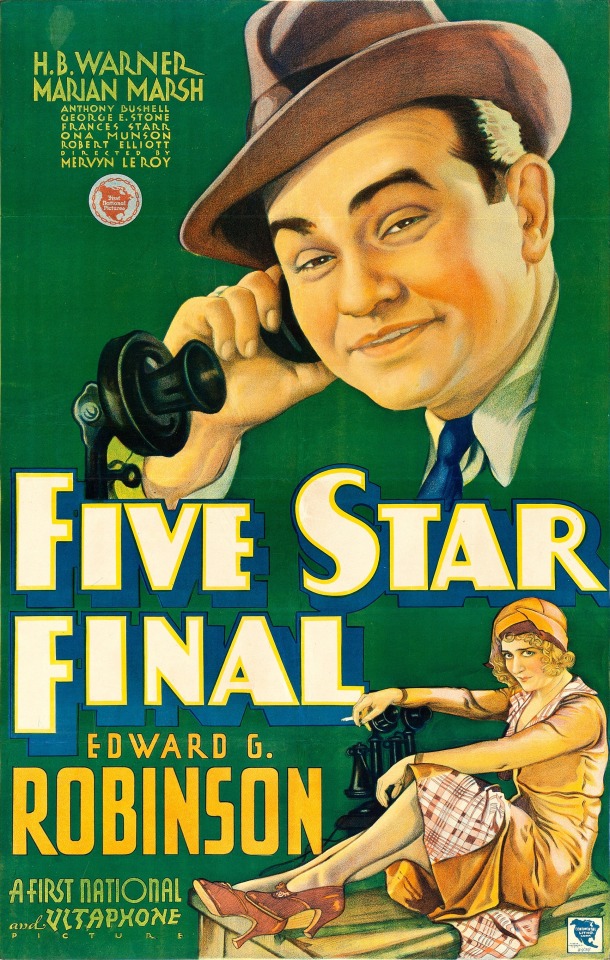
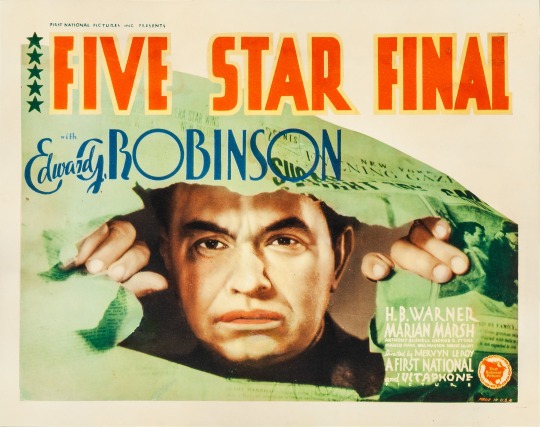
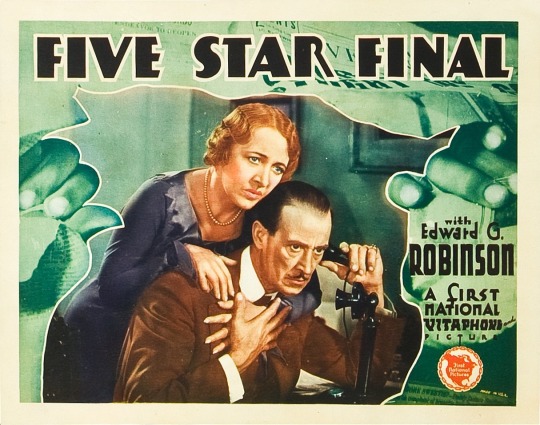
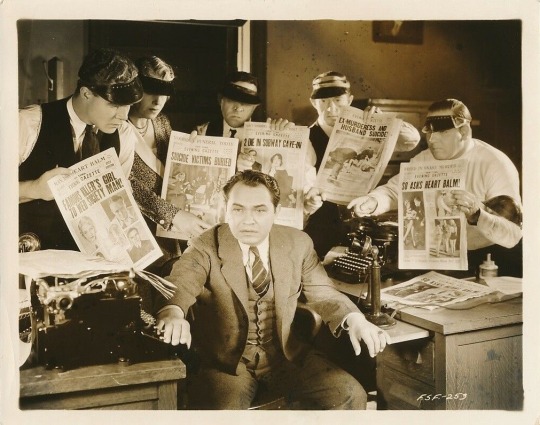

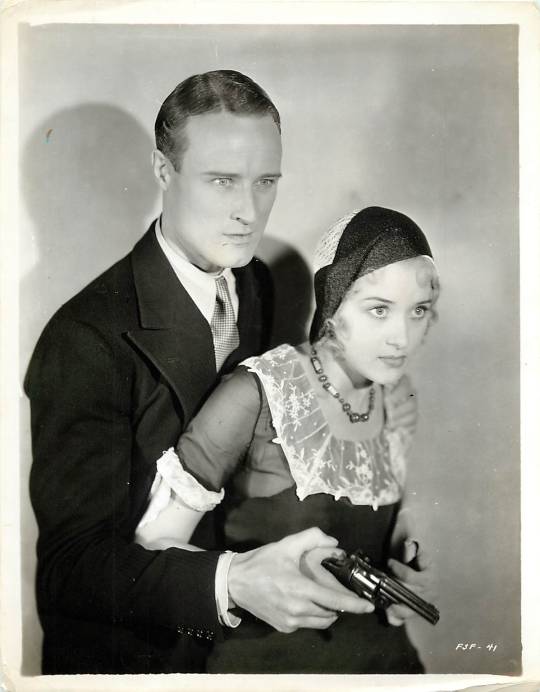
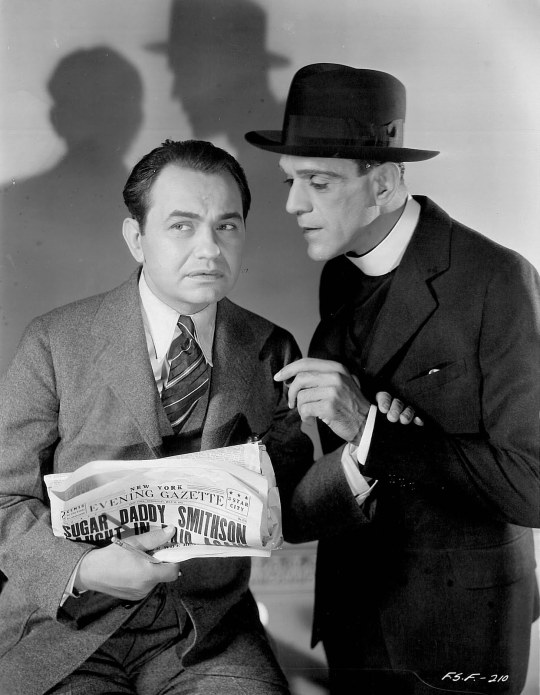
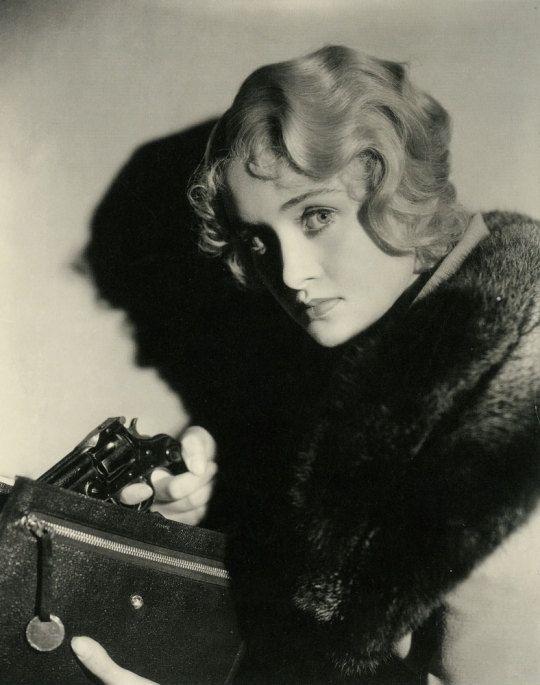


Five Star Final (1931) Mervyn LeRoy
April 6th 2024
#five star final#1931#mervyn leroy#edward g. robinson#marian marsh#frances starr#h.b. warner#aline macmahon#anthony bushell#boris karloff#ona munson#oscar apfel#george e. stone#harold waldridge#evelyn hall#david torrence#pre-code#PreCodeApril#favourite
10 notes
·
View notes
Photo

The Devil and Daniel Webster
directed by William Dieterle, 1941
#The Devil and Daniel Webster#All That Money Can Buy#Mr. Scratch#Daniel and the Devil#William Dieterle#movie mosaics#James Craig#Walter Huston#Edward Arnold#H.B. Warner#Anne Shirley#Jane Darwell#Simone Simon
5 notes
·
View notes
Text

Bad movie I have Topper Returns 1941
#Topper Returns#Roland Young#Joan Blondell#Billie Burke#Carole Landis#Dennis O'Keefe#Patsy Kelly#H.B. Warner#Eddie 'Rochester' Anderson#George Zucco#Donald MacBride#Rafaela Ottiano#Trevor Bardette#Eddy Chandler#John Kelly#George Lloyd#William H. O'Brien#Slicker the Seal#Brick Sullivan#Duke York
8 notes
·
View notes
Photo


Films Watched in 2022:
66. Five Star Final (1931) - Dir. Mervyn LeRoy
#Five Star Final#Mervyn LeRoy#Edward G. Robinson#Marian Marsh#H.B. Warner#Anthony Bushell#Frances Starr#Boris Karloff#George E. Stone#Ona Munson#Films Watched in 2022#My Edits#My Post
9 notes
·
View notes
Video
youtube
Billy Wilder on Sunset Blvd. (1986)
http://www.afi.com
#billy wilder#american film institute#sunset blvd#sunset boulevard#1950#1950s#1986#erich von stroheim#paramount pictures#cecil b. demille#buster keaton#gloria swanson#queen kelly#h.b. warner#video
4 notes
·
View notes
Text
Supernatural
Synopsis of Supernatural
Supernatural stars Hollywood legend Carole Lombard as a woman possessed by a murderer’s dark soul. Roma (Carole Lombard), whose twin brother has recently been murdered, becomes easy prey for a corrupt medium who arranges a séance to conjure up the lost twin’s supposedly troubled soul. Meanwhile, a murderess (Vivienne Osborne) accused of strangling her lovers awaits her…

View On WordPress
#Alan Rinehart#Beryle Mercer#Carol Lombard#H.B. Warner#Lyman Williams#Randolph Scott#Vivienne Osborn#William Farnum
0 notes
Text
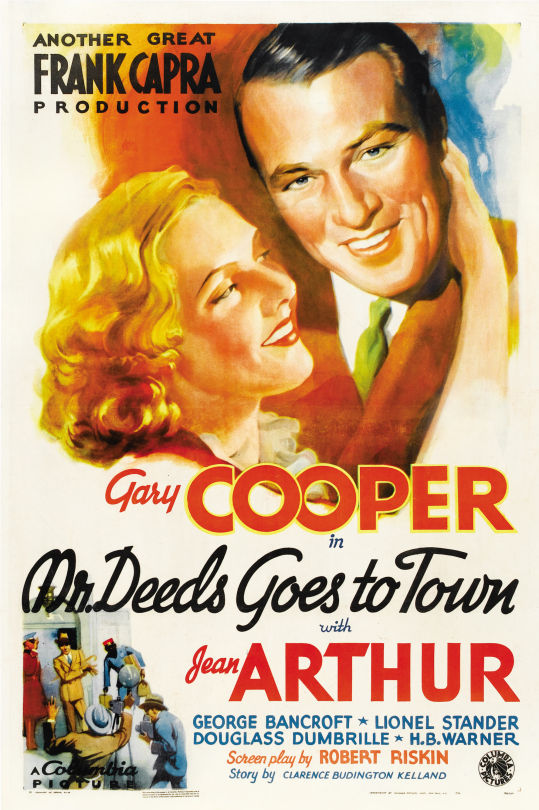
#Mr. Deeds Goes to Town#Gary Cooper#Jean Arthur#George Bancroft#Lionel Stander#Douglass Dumbrille#H.B. Warner#Frank Capra#1936
1 note
·
View note
Text
Five Star Final

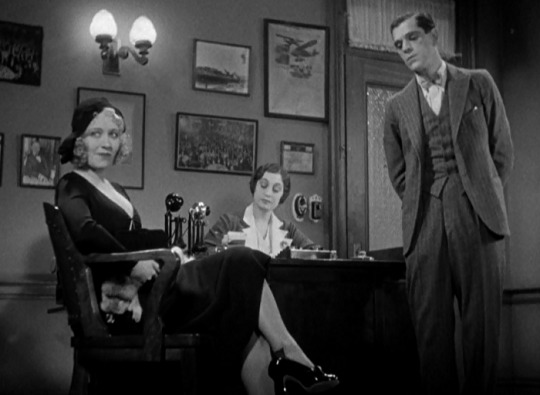
Edward G. Robinson had one of his best roles as the muckraking newspaper editor in Mervyn LeRoy’s FIVE STAR FINAL (1931, TCM), one of the films that established Warner Bros.’ hard-hitting house style. He’s been trying to elevate his paper’s news coverage, but when circulation slips, his venal publisher (Oscar Apfel) orders him to revive a sensational 20-year-old murder case, with disastrous results. LeRoy directs with a rapid pace and a creative use of sound, from the opening titles played over news vendors’ cries and whirring presses rather than music to a tense scene scored to jazzy music playing on a radio. And though some of the actors are still stuck in dated styles that suggest their inability to adjust stage-trained acting to the camera (as the murderer trying to escape her past, Frances Starr has a tendency to sing her lines), there’s a lot of good honest work in the film, particularly from Boris Karloff as a reporter given to posing as a clergyman, Ona Munson as a female reporter with ice water in her veins, H. B. Warner as Starr’s husband, Marian Marsh as her daughter and particularly Aline MacMahon, in her film debut, as Robinson’s critical yet adoring secretary. Her drunk scene is a study in how to play against inebriation and a later scene with Robinson in a speakeasy is a feast of good acting. But it’s really Robinson who’s the whole show. Like most of Warners’ top stars, he was a master of fast-paced dialogue. But he also has an expressiveness about the eyes that pulls you in. When he discovers what his coverage of the story has led to, he manages to communicate his growing sense of guilt even while barking out orders on how to cover the latest development. This is a master working at the height of his powers. The film was remade as TWO AGAINST THE WORLD (1936) with Humphrey Bogart in the lead and as a live television broadcast in 1954 with Edmond O’Brien as the editor and Joanne Woodward as the daughter.
#newspaper films#edward g. robinson#mervyn leroy#aline macmahon#boris karloff#h.b. warner#ona munson#marian marsh#warner bros.
1 note
·
View note
Text
L'eterna illusione: la fantasia di Frank Capra vince sul pragmatismo
James Stewart e Lionel Barrymore in una commedia del 1938 che fa ancora riflettere sulle cose belle della vita.
La famiglia Kirby vive avvantaggiando il lato qualitativo dell’esistenza. Il nonno ha raccolto nella grande casa più generazioni d’individui con il solo obbligo di perseguire i sogni. Dalla scrittrice al musicista, dal pittore al comico, tutti in casa Kirby non si arrendono…
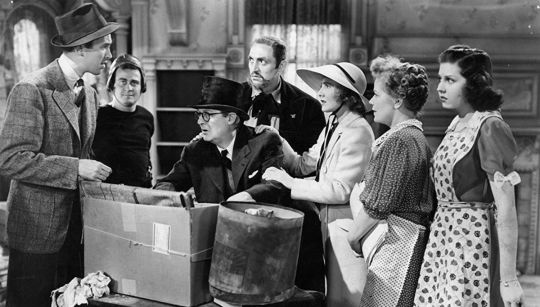
View On WordPress
#1938#Ann Miller#anni &039;30#cinema#Donald Meek#Dub Taylor#Eddie Rochester Anderson#Edward Arnold#film#Frank Capra#H.B. Warner#Halliwell Hobbes#James Stewart#Jean Arthur#Lillian Yarbo#Lionel Barrymore#Mary Forbes#Mischa Auer#Samuel S. Hinds#Spring Byington#Usa
1 note
·
View note
Text
Buster’s Cameo in Sunset Boulevard (1950)
“Four old silent movie stars, scornfully dubbed “the waxworks” by a young screenwriter, sit around a table playing bridge. The camera turns from hostess Gloria Swanson to Anna Q. Nilsson and H.B. Warner—two faces only the most recondite of silent film buffs will identify—as they make their bids. Then the camera moves on to Buster’s face, lined beneath thin grey hair, grim and yet still strangely innocent. “Pass,” he says, investing the single word with a weight of stoic discouragement. The camera stays on his face through the next round of bidding, and when his turn comes he repeats his monosyllabic line, now with the wistful air of a poor child pretending he doesn’t mind that he isn’t getting a Christmas present.
Director Billy Wilder, a fan of Keaton’s silent films, said that Buster’s real-life passion for bridge was serendipitous (Wilder shared a mania for both bridge and baseball) but that, “I would have taken him even if he never had played cards. I wanted his face.”
Wilder and his co-writer Charles Brackett might have been thinking of Keaton when they penned one of the best-known lines ever spoken about silent movies, Norma’s boast that, “We didn’t need dialogue. We had faces. There just aren’t any faces like that anymore.”
Except from: Buster Keaton: The Persistence of Comedy by Imogen Sara Smith
#buster keaton#gloria swanson#billy wilder#sunset boulevard#anna q nilsson#H.B Warner#silent movies#comedy#1920s#1950#hollywood#golden age of hollywood#silent film#faces
77 notes
·
View notes
Text

Bette Davis and H.B. Warner in Roy William Neill’s THE MENACE (1932) #DailyBette
19 notes
·
View notes
Text



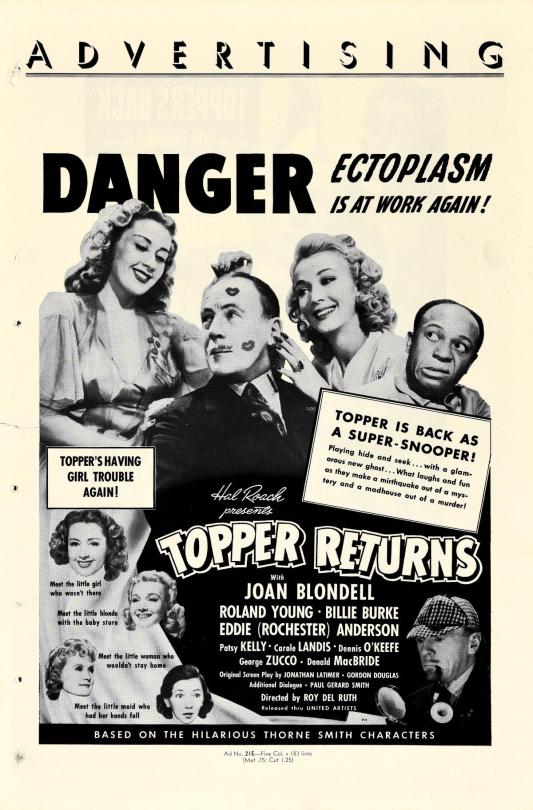






Topper Returns (1941) Roy Del Ruth
December 18th 2023
#topper returns#1941#roy del ruth#joan blondell#roland young#carole landis#billie burke#dennis o'keefe#eddie 'rochester' anderson#donald macbride#patsy kelly#h.b. warner#george zucco#rafaela ottiano
10 notes
·
View notes
Text


Buster Keaton with Gloria Swanson, Anna Q. Nilsson and H.B. Warner on the set of “Sunset Boulevard” , May 11th, 1949
#buster keaton#gloria swanson#old hollywood#hollywood#1940s#1950s#viral#art#cinema#film#sunset boulevard
12 notes
·
View notes
Text
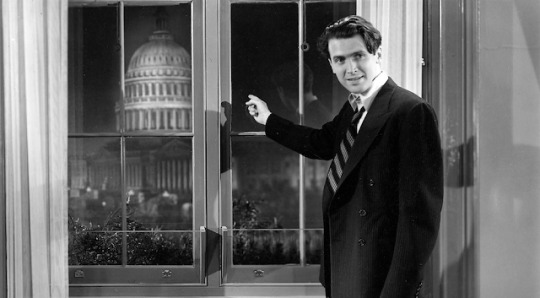
James Stewart in Mr. Smith Goes to Washington (Frank Capra, 1939)
Cast: James Stewart, Jean Arthur, Claude Rains, Edward Arnold, Guy Kibbee, Thomas Mitchell, Eugene Pallette, Beulah Bondi, H.B. Warner, Harry Carey, Astrid Allwyn, Ruth Donnelly, Grant Mitchell, Porter Hall, H.V. Kaltenborn, Charles Lane, William Demarest, Jack Carson. Screenplay: Sidney Buchman, based on a story by Lewis R. Foster. Cinematography: Joseph Walker. Art direction: Lionel Banks. Film editing: Al Clark, Gene Havlick. Music: Dimitri Tiomkin.
Perhaps only James Stewart (or Gary Cooper, who turned down the role of Jefferson Smith) could have made Frank Capra's preposterous, sentimental, flag-wavingly patriotic Mr. Smith Goes to Washington into what many people still regard as a beloved classic. But now that we've spent some time being governed by probably the most corrupt man ever to hold the White House, a president elected on populist promises to "drain the swamp" in Washington but who instead spent his time wallowing in it and stocking it with still more alligators, maybe we can take a harsher look at the Capra film's politics. The people who elected Donald Trump seem to have thought they were voting for Jefferson Smith but instead elected the movie's Jim Taylor (played deliciously by that fattest of character actor fat cats, Edward Arnold). David Thomson, among others, has cogently observed that the film celebrates Jefferson Smith's bull-headed integrity, but that democracy necessarily involves the kind of compromises that Claude Rains's Senator Paine has made, and which have made him a popular and successful politician. True, he's under the thumb of the viciously corrupt Jim Taylor, who is even a manipulator of "fake news," but Thomson questions whether the people of Smith's state wouldn't have benefited more from the dam Taylor wants to put on Willett Creek, presumably one that would supply power and other benefits to the state, than from Smith's piddly boys' camp, which would benefit at best a few hundred boys. (No girls need apply?) Smith's dramatic filibuster also seems to be holding up a bill that would provide funding for some essential services. As it happens, I rewatched Mr. Smith on the night after the Senate reached an impasse on funding the entire federal government, and there could hardly be a better example of political stubbornness undermining the public good. Which is only to say that the merits of Capra's film -- and there are some -- transcend its simple-minded fable. Among its merits, it's beautifully acted, not only by Stewart, Rains, and Arnold, but also by Jean Arthur, that most underrated of 1930s leading ladies, and Thomas Mitchell, who appeared in no fewer than three of the films nominated for the best picture Oscar for 1939 -- this one, Gone With the Wind (Victor Fleming), and Stagecoach (John Ford) -- and won the supporting actor award for Stagecoach. And just run down the rest of the cast list, which seems to be a roster of every great character actor in the movies of that day, all of them performing with great energy. Capra's mise-en-scène is sometimes stagy, but Lionel Banks's great re-creation of the Senate chamber gives Capra a fine stage on which to work.
7 notes
·
View notes